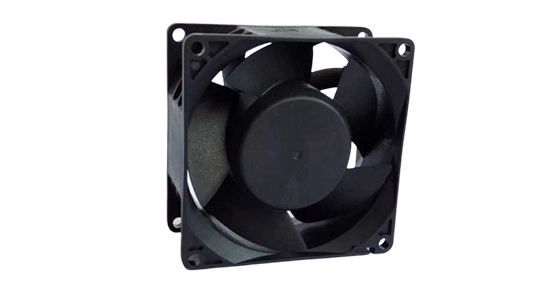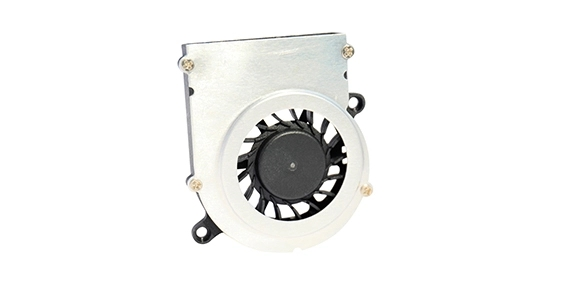As the popularity of 3D printing continues to grow, it is crucial to understand the various aspects of this technology to ensure optimal performance and longevity of your 3D printer fan. One essential component that deserves special attention is the cooling and ventilation system, particularly the role of fans. In this ultimate guide, we will explore the importance of cooling and ventilation, compare different types of fans used in 3D printer fan, delve into innovations in fan technology, and discuss noise reduction strategies.
The Importance of Cooling and Ventilation in 3D Printer Fan
Cooling and ventilation play a crucial role in 3D printing, as they help regulate the temperature of the printer's components. The extruder, stepper motors, and electronic components generate considerable heat during the printing process. Without adequate cooling, these components can overheat, leading to reduced print quality, damaged parts, and even safety hazards. Proper cooling and ventilation ensure consistent performance and prevent thermal issues in your 3D printer fan.

Comparison between Different Types of Fans Used in 3D Printer Fan
Various fan types are commonly used in axial fan application, including axial fans, radial fans, and blower fans. Axial fans, which are most commonly used for cooling the extruder, offer high airflow but generate more noise. Radial fans, also known as centrifugal fans, are more efficient in directing air to specific components such as the heated bed. Blower fans, on the other hand, are compact and predominantly used for cooling electronic components. Understanding the characteristics of each fan type can help you choose the most suitable one for your specific needs.

Innovations in Fan Technology for 3D Printer Fan
Advancements in fan technology have led to incredible improvements in 3D printing. One notable innovation is the integration of high-performance bearings, such as fluid dynamic bearings (FDB) or magnetic levitation (MagLev) bearings. These bearings reduce friction and noise, providing smoother and quieter operation. Additionally, manufacturers have also implemented variable speed control systems, which allow fans to adjust their RPM based on the temperature and the printing phase. This not only enhances cooling efficiency but also saves energy.
Noise Reduction Strategies for 3D Printer Fan
Fans are notorious for generating noise, which can be disruptive during long printing sessions. To mitigate this issue, several noise reduction strategies can be employed. One common approach is the use of noise-dampening materials, such as rubber grommets, to insulate the fan and reduce vibrations. Additionally, selecting fans with low noise ratings, typically measured in decibels (dB), can significantly contribute to a quieter printing environment. However, it is important to strike a balance between noise reduction and cooling performance.
In the world of 3D printing, understanding the importance of cooling and ventilation, the different types of fans, innovations in fan technology, and noise reduction strategies is essential for achieving optimal printing results. By maintaining proper cooling and ventilation, selecting the right fan type, embracing technological advancements, and implementing noise reduction techniques, you can ensure efficient and reliable performance of your 3D printer fan. Ultimately, a well-maintained cooling and ventilation system and the right fan can significantly enhance the overall printing experience.

 EN
EN 

 +
+
 +
+
 +
+



